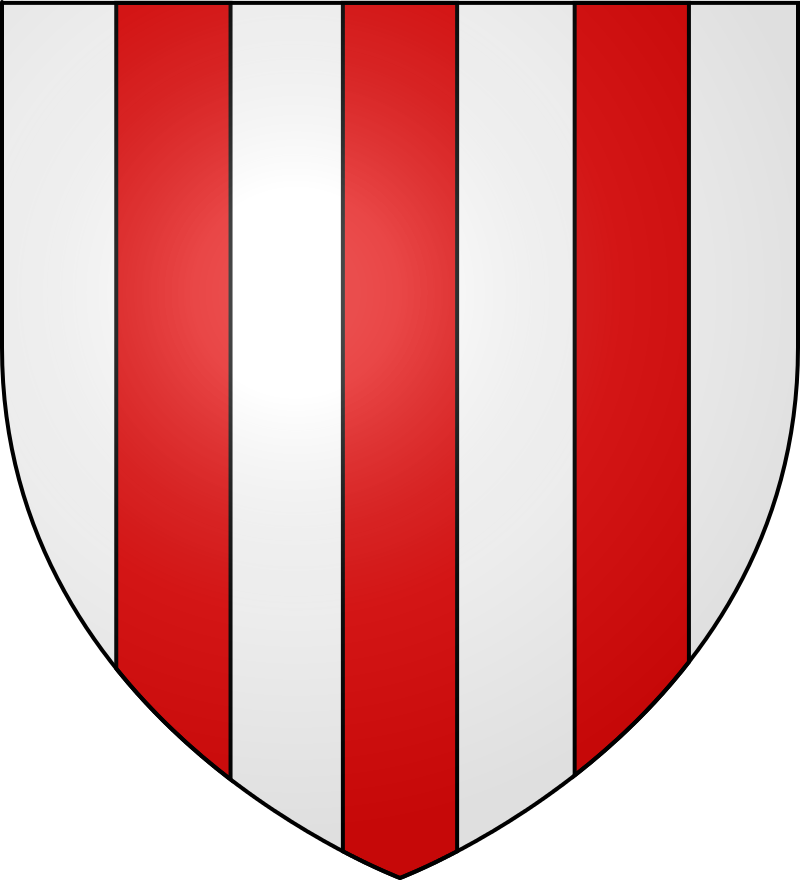The town is named after its patron saint; Saint Julian who is widely known as Julian the Hospitaller and Julian the Poor whereby he is the patron Saint of hunters. Before the reform to the Calendar of Saints, the memorial to St Julian was on 27 January. Nowadays, it is celebrated on 12 February, although in Malta an additional feast, in the spirit of the many summer feasts around the island, is celebrated on the last Sunday of August.
A very particular competition connected with the town’s feast is known as ‘ġostra’. This traditional competitive feat involves participants climbing and running as far as possible along a sloping greased pole which is suspended above the sea. The winner is the person to grab one of three flags dangling from the edge, each flag representing a certain prize.
Another tradition connected with the feast of this locality is ‘Musketterija’. Starting in 1982, this tradition sees Hunters firing blank cartridges filled with black powder from the roof of the parish church as the statue of the patron saint is brought out of the church. Many say this tradition is in line with the history of the locality which used to be hunting grounds for the Knights of Malta.





